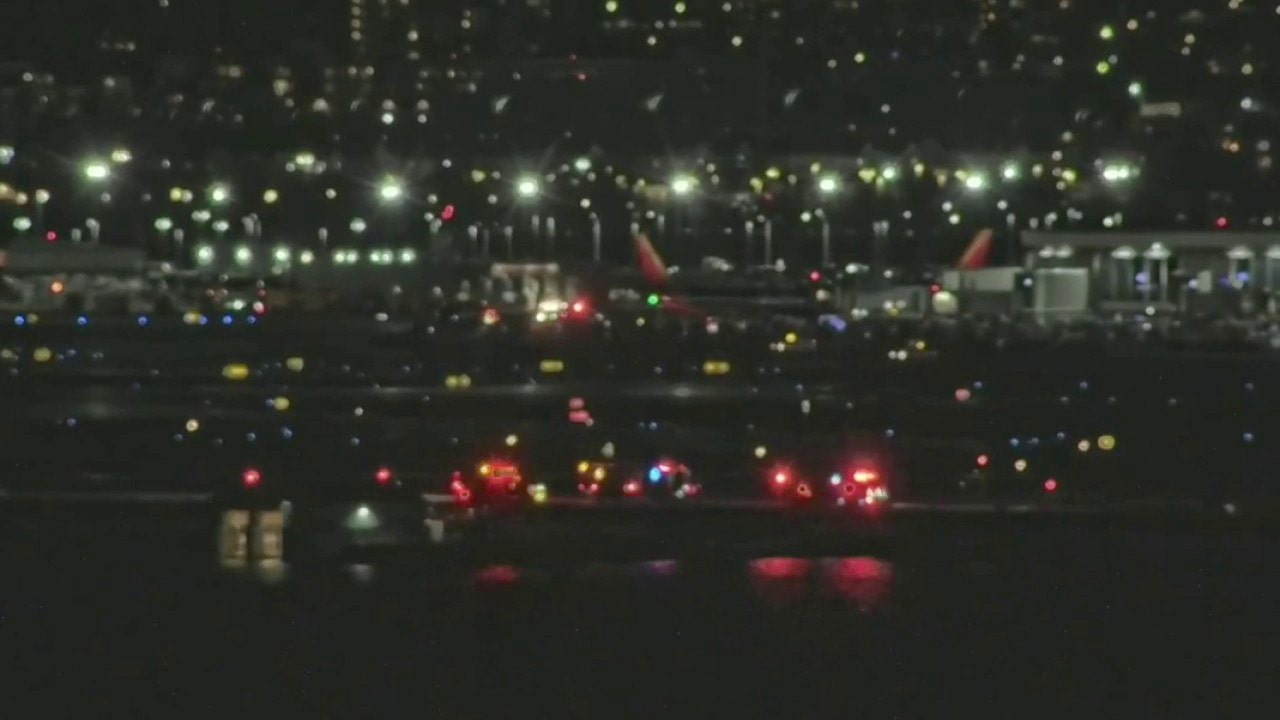
Reagan National Airport crash: Military Black Hawk helicopter collides midair with American Airlines jet
An Army Black Hawk helicopter collided midair with an American Airlines flight from Wichita, Kansas, at Reagan National Airport on Wednesday.
Follow along with the video below to see how to install our site as a web app on your home screen.
Note: This feature may not be available in some browsers.



 www.aviationfile.com
www.aviationfile.com
